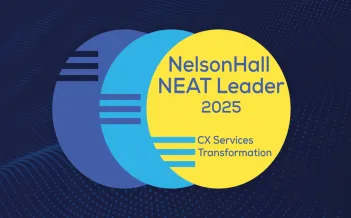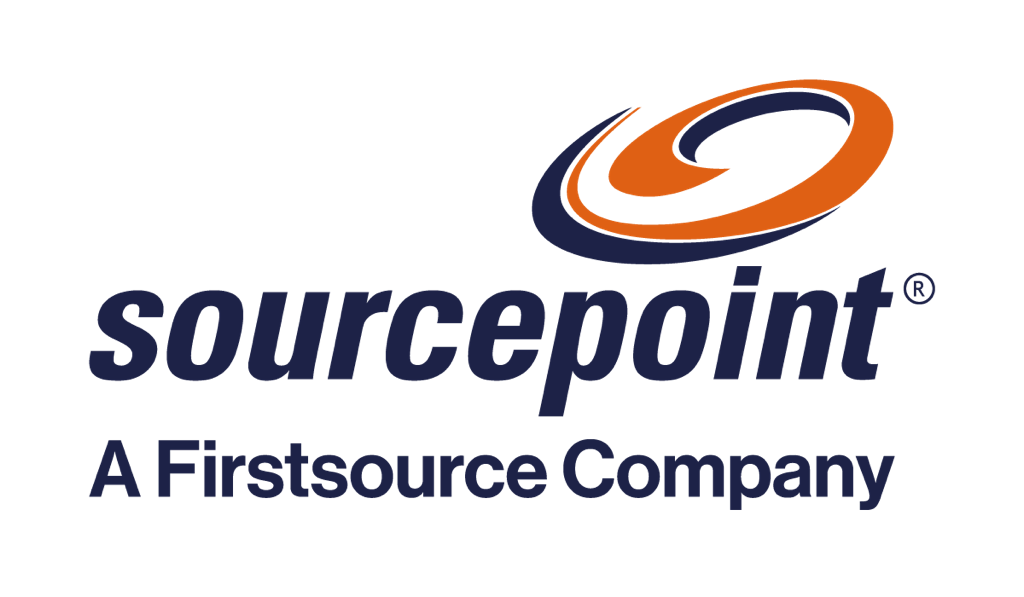The retail transformation imperative is clear—but how do you actually execute it? While understanding the need for change is the first step, successful transformation requires detailed implementation strategies, regional market insights, and proven frameworks that translate vision into measurable results.
This comprehensive guide provides the tactical blueprint that retail leaders need to navigate the complexities of operational transformation. From regional market dynamics to step-by-step implementation roadmaps, this resource bridges the gap between transformation strategy and execution excellence.
The retailers who master both the "what" and the "how" of transformation will emerge as tomorrow's market leaders. Those who focus only on strategy without execution mastery will find themselves outpaced by more operationally sophisticated competitors.
Regional Market Dynamics Driving Transformation
Market Opportunities Driving Change
In the UK and Europe, cost optimization through M&A is creating unprecedented consolidation opportunities, market polarization is driving successful brand repositioning for premium and budget extremes, and Gen AI customer adoption is accelerating retail innovation at a breakneck speed.
In the United States, omnichannel expectations have reached an inflection point where omnichannel customers shop 1.7 times more than single-channel shoppers7, and AI implementation is transforming frontline excellence with 95% of customer interactions expected to be handled by AI by 20258.
The global retail outsourcing market requires immediate reinvention to capture these emerging opportunities, and understanding regional nuances is critical for successful implementation.
Strategic Foundation: Understanding Omnichannel Performance
Before diving into implementation, retail leaders must understand the true performance impact of omnichannel excellence. The data reveals why this transformation is not optional, it's essential for survival.
The numbers tell a compelling story about omnichannel excellence: omnichannel strategies drive 80% higher store visits17, and these customers spend 4% more when they visit a physical location than single-channel customers18.
In the UK, click-and-collect orders are forecast to reach 30 billion GBP for the first time, accounting for almost 11% of UK online retail sales in 2025, growing by over 50% between 2020 and 2025, while BOPIS (Buy Online, Pick Up In Store) retail sales in the US are estimated to reach $154.3 billion in 202519.
However, what's truly revolutionary is that the rate of customer purchase is 250% higher on omnichannel platforms, while the average order value remains 13% higher compared to single-channel platforms20. Meeting customer expectations is only half the story; it's about unlocking exponential growth for brands.
These metrics establish the business case for transformation. Now, let's examine how to build the operational foundation that delivers these results.
Implementation Framework: Building Future-Ready Operations
With the strategic imperative established, successful transformation requires a systematic approach that balances speed with stability, innovation with reliability.
The Strategic Transformation Framework
- Assessment and Alignment start with understanding the current state versus future vision—where are the gaps, and what's the path forward?
- Process Reimagination identifies friction points and optimization opportunities that unlock immediate value while building a foundation for future growth.
- Technology Integration implements AI-first, outcome-driven solutions that deliver measurable results from day one.
- Performance Optimization ensures continuous improvement through data-driven insights that evolve with changing market conditions.
Investment Priorities for 2025
AI and Machine Learning power personalization engines, predictive analytics, and automated decision-making that scale human expertise across thousands of customer interactions.
Omnichannel Infrastructure creates unified data platforms, real-time inventory systems, and seamless customer journeys that eliminate friction and maximize satisfaction.
Workforce Transformation develops skills, implements AI co-pilot capabilities, and provides mental health support that creates engaged, high-performing teams capable of delivering exceptional results.
Partnership Excellence: The Firstsource Implementation Advantage
Successful transformation requires more than internal capabilities—it demands partners who bring both deep domain expertise and proven implementation methodologies. Here's how industry-leading partnerships accelerate transformation success.
Domain Expertise Across Retail Segments
Grocery: Operational effectiveness, cost optimization, and cultural alignment that maintains brand integrity during transformation.
Apparel & Accessories: Complete infrastructure deployment, CRM design, and seamless transitions that protect revenue during critical periods.
Health & Beauty: Peak management, fraud reduction, and expert-level support that scales with business growth.
E-commerce: Workflow optimization, quality assurance, and global scaling that enables international expansion.
Technology Partnership Ecosystem
Innovation Studios in London and Melbourne provide AI labs for co-innovation that keep clients at the forefront of technological advancement.
Global Delivery Model spans 45+ delivery centers with ~30K associates servicing customers in ~15 languages, ensuring local expertise with global scale.
Platform Orchestration leverages extensive technology partnerships, enabling seamless integration across the entire tech stack.
Future-Proofing Your Transformation: Emerging Trends and Technologies
Understanding where retail operations are heading ensures your transformation strategy remains relevant beyond the immediate implementation phase.
As we look toward the future, several trends will continue reshaping retail operations. Social commerce is exploding—by 2025, the global social commerce market is projected to reach $2.1 trillion²⁵. Virtual and augmented reality integration will create immersive shopping experiences that bridge digital and physical worlds.
Sustainability will transition from a differentiator to a baseline requirement. 72% of global consumers are willing to pay more for sustainable products²⁶, and this percentage will only increase as younger generations gain purchasing power.
The retailers who recognize these shifts early and build operations that can adapt and evolve will capture disproportionate value. Those who wait will find themselves fighting for relevance in an increasingly competitive landscape.
Innovation in Action: Real-World Customer Experience Transformations
Theory becomes valuable only when translated into practical results. These case studies demonstrate how advanced customer experience innovations deliver measurable business impact.
WICKES Innovation Case Study
WICKES Innovation demonstrates how AI content summarization transforms customer interactions, creating more efficient and effective support experiences that reduce resolution times while improving customer satisfaction.
Monsoon VIP Line Excellence
The Monsoon VIP Line exemplifies personalization at scale, moving beyond one-size-fits-all to experiences that make every customer feel valued and understood. This approach demonstrates how premium service delivery can be systematized without losing its personal touch.
Ann Summers Success Story
Ann Summers Success showcases how AI chatbots and virtual assistants provide 24/7 personalized support that feels human while delivering superhuman efficiency. The implementation demonstrates the perfect balance between automation and human touch.
Real-time Optimization Capabilities
Dynamic Pricing enables retailers to adjust prices in real-time based on demand, competition, and inventory levels, maximizing both revenue and customer satisfaction.
Inventory Allocation uses predictive analytics to ensure the right products are in the right places at the right times, reducing stockouts and overstock situations.
Customer Routing intelligently directs customers to the most appropriate support channels and representatives, reducing wait times and improving resolution rates.
Data-Driven Excellence: Advanced Analytics for Competitive Advantage
Modern retail transformation depends on sophisticated analytics capabilities that turn data into actionable insights and competitive advantages.
Advanced Analytics for Retail Success
Demand Forecasting leverages machine learning algorithms to predict customer demand with unprecedented accuracy, enabling better inventory planning and reduced waste.
Inventory Optimization uses real-time data and predictive analytics to maintain optimal stock levels across all channels, reducing carrying costs while ensuring product availability.
Trend Prediction analyzes vast amounts of data to identify emerging trends before they become mainstream, giving retailers a competitive advantage in product development and marketing.
Your Transformation Journey: A Practical Implementation Roadmap
Converting strategy into action requires a phased approach that manages risk while delivering early wins. This roadmap provides the structure for successful transformation execution.
Phase 1: Foundation Building (Months 1-3)
- Comprehensive operational assessment
- Technology infrastructure evaluation
- Team capability analysis
- Initial AI pilot programs
Phase 2: Core System Integration (Months 4-8)
- Omnichannel platform deployment
- AI-powered customer service implementation
- Workforce training and development
- Performance measurement system setup
Phase 3: Advanced Capabilities (Months 9-12)
- Predictive analytics deployment
- Advanced personalization engines
- Real-time optimization systems
- Continuous improvement processes
Phase 4: Scale and Optimize (Months 13+)
- Global expansion support
- Advanced AI capabilities
- Sustainability initiatives integration
- Innovation lab partnerships
Measuring What Matters: Success Metrics for Transformation
Transformation success requires clear measurement frameworks that track both operational improvements and business impact. Here are the essential KPIs for monitoring your transformation progress.
Customer Experience Metrics
- Customer Satisfaction (CSAT) scores
- Net Promoter Score (NPS)
- First Call Resolution (FCR) rates
- Average Handle Time (AHT)
- Customer retention rates
Operational Efficiency Metrics
- Cost per contact reduction
- Employee productivity improvements
- System uptime and reliability
- Process automation rates
- Quality assurance scores
Business Impact Metrics
- Revenue growth attribution
- Market share improvements
- Customer lifetime value increases
- Operational cost reductions
- Return on investment (ROI)
Taking Action: Your Next Steps
The retail transformation opportunity window is narrowing. While the strategic imperative is clear, execution excellence separates transformation leaders from transformation laggards.
The retail transformation journey requires commitment, investment, and the right partnership. Success depends on choosing partners who understand both the technical requirements and the human elements of customer experience.
The convergence of AI capabilities, omnichannel expectations, and sustainability imperatives creates a narrow window of opportunity for retailers to establish competitive advantage. Those who act decisively with comprehensive transformation strategies will capture disproportionate market share in the years ahead.
The future of retail belongs to organizations that can seamlessly blend technology with human insight, creating experiences that delight customers while driving operational excellence. The time for half-measures and incremental improvements has passed; the age of complete retail reinvention is here.










